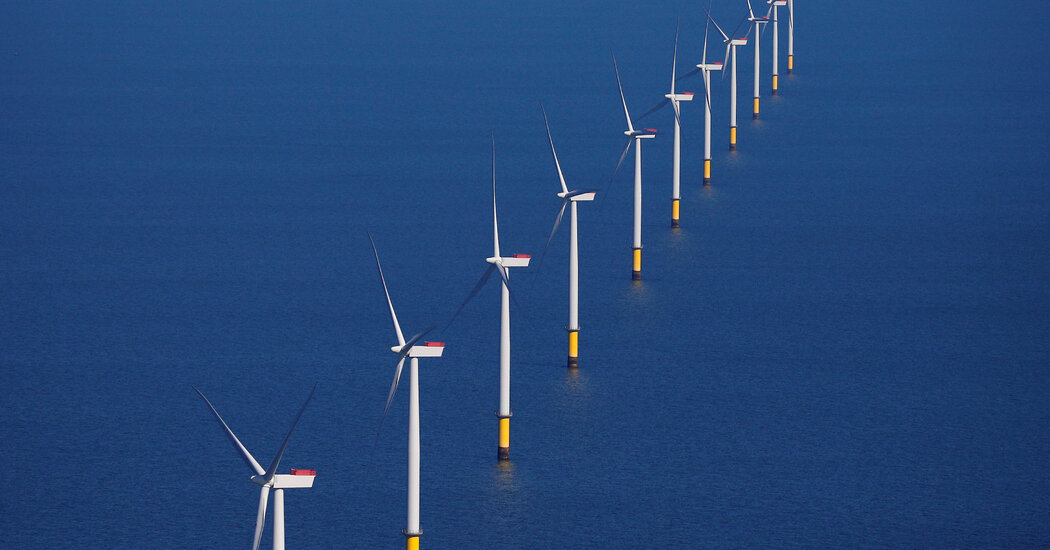
Much of the Biden plan involves harnessing the federal government to help states meet existing targets like those of New York and New Jersey. The Transportation Department, for example, announced $230 million funding for port authorities for the construction of storage areas and other projects to support wind development.
The biggest pot of money, $3 billion, is being made available is through the Department of Energy’s loan program to partner with offshore wind and transmission developers.
Although the newest offshore wind proposals are typically positioned far enough away from the coastline to allay fears of spoiled views, they have still garnered opposition from commercial fishermen operating in the region. Federal waters in the Atlantic are home to a variety of economically important fisheries, including sea scallops, squid and surf clams, many of which overlap with areas of future offshore wind development.
Fishing groups have repeatedly raised concerns that their boats and trawlers will be forced to steer well clear of the hulking turbines, the largest of which now have rotor diameters the length of two football fields. That could limit the amount of seafood they can ultimately catch, potentially depriving coastal fishing communities of millions of dollars in revenue.
“Our fisheries are already more strictly regulated than anywhere else in the world, so it’s not just as simple as saying fishermen can just change their gear and go fish somewhere else,” said Annie Hawkins, executive director of the Responsible Offshore Development Alliance, which represents commercial fishing. “Fishermen understand the need to act on climate change, but they don’t want to be left completely behind.”
As part of the Vineyard Wind project, Massachusetts agreed to set aside $21 million to compensate fishermen for losses, though it remains unclear how the money will be spent. In its announcement Monday, the Biden administration announced $1 million in new grants to study the effects on fishing and coastal communities. Ms. Hawkins said, however, that the sum was “paltry” compared to the scale of development planned for the Atlantic.
Marine scientists also said that there were many unanswered questions about how a boom in offshore wind construction might affect ocean ecosystems in the Atlantic Ocean that are already under stress from global warming.
“The fact is, it’s a big experiment,” said Kevin Stokesbury, a professor at the School for Marine Science and Technology at the University of Massachusetts at Dartmouth. “There’s only so much we can learn from Europe’s experience. We just haven’t had these big wind turbines all over our coast.”
Average Rating